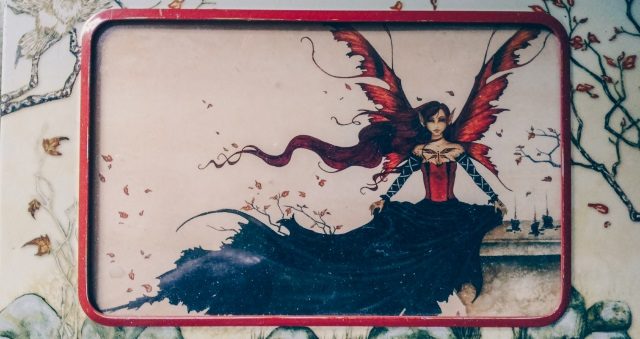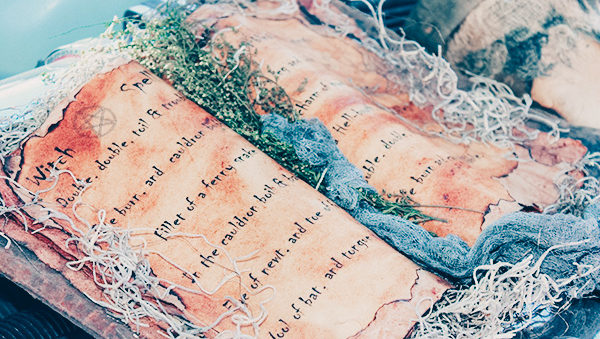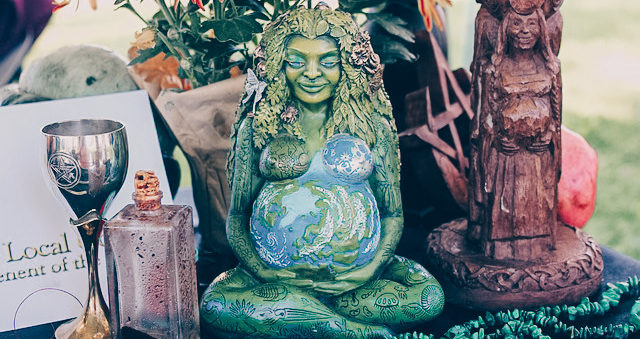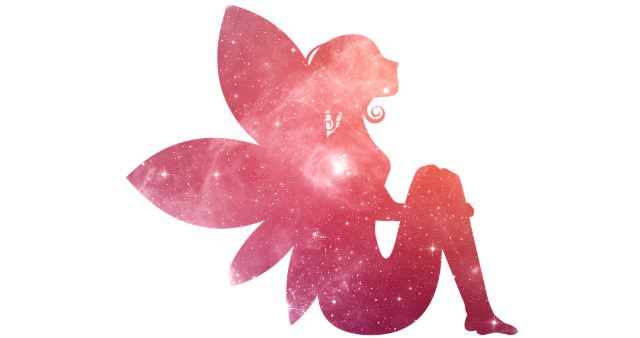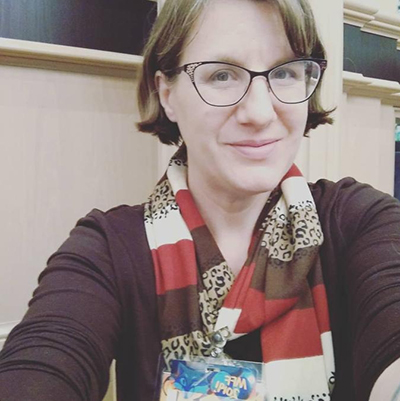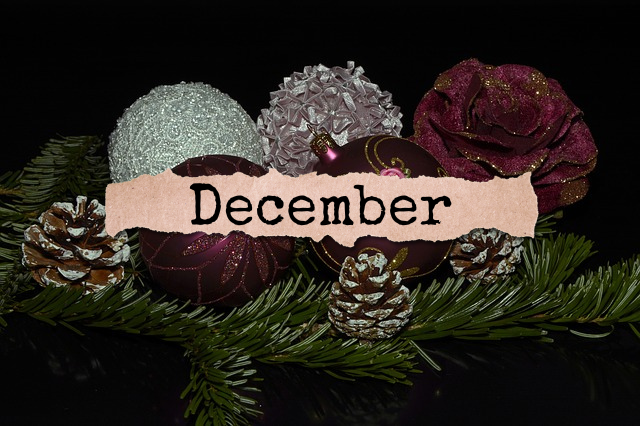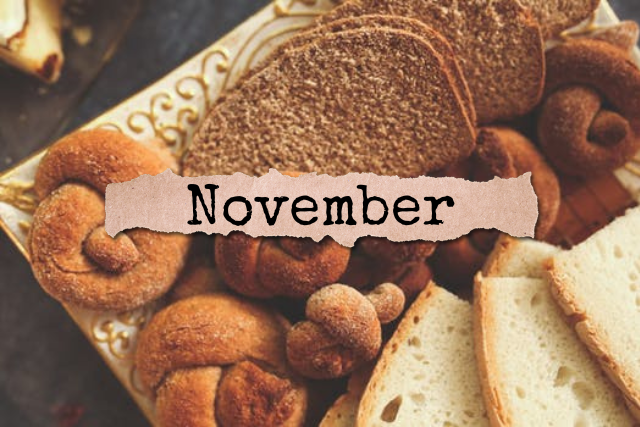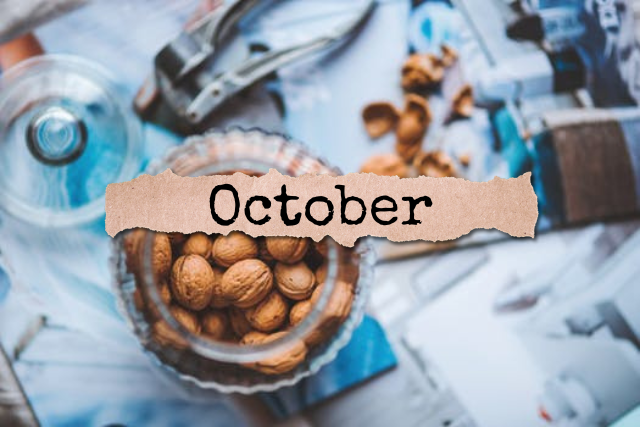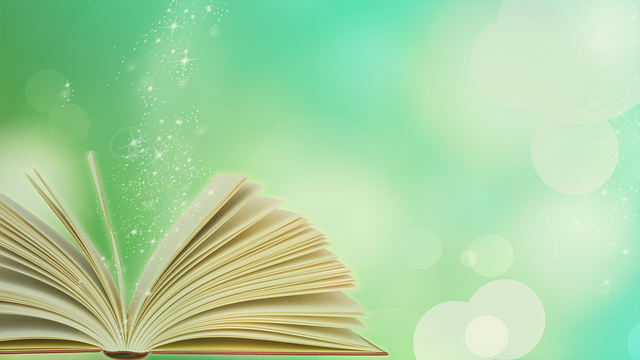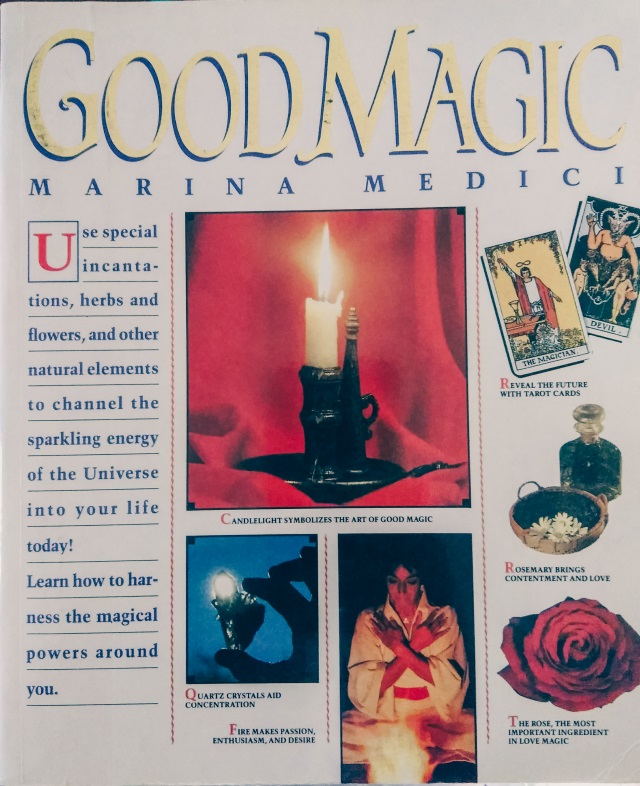 When you’re on a path for a number of years, it’s easy to accumulate favorites – things you’d never want to do without. Here are just a few of my favorite witchy things.
When you’re on a path for a number of years, it’s easy to accumulate favorites – things you’d never want to do without. Here are just a few of my favorite witchy things.
The first item is one that remains both useful and nostalgic and that is Good Magic by Marina Medici. This is among the first of several books I read about witchcraft when I was a teenager. My father provided me with some books, but a friend in high school discovered this one and it became an insta-favorite. Mine is going on 25-years-old now, so the edges of the cover have curled up a little bit with use.
But the book still transports me to the wonder of first discovering the ideas of witchcraft and magick as a teenager, of telling my dad I wanted to be a witch, and having him provide things like my first books, incense burners, candles and candleholders, and more.
This isn’t a spiritual approach to magick. It has more of a fanciful, Old World feel, and maybe that’s why I love it. The author treats witchcraft as if it’s just a normal thing in her life. No fuss about religion or spirituality. Because I’m not Wiccan, but I am a Witch, this book is perfect for my practice. Yes, spiritually I am Pagan and embrace the idea of feminine creative energy (aka Goddess), however it’s not an intrinsic part of the practical way in which I use magick.
Another favorite not pictured here that goes into the idea of magick separate from religion is Real Magic by Isaac Bonewits. I love how he digs into the nuts and bolts of why magick actually works.
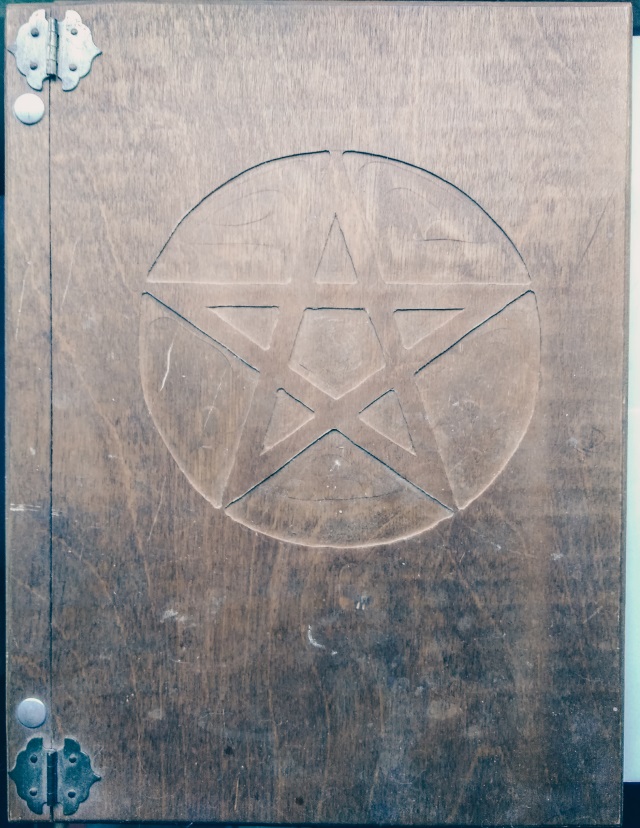
When I lived in Delaware, there was a wonderful store that opened in Dover called Bell, Book & Candle. Sadly, the store is gone now. However, I have several items I purchased there, including the very first wood-bound book of shadows they ever sold.
At the time, this was a bargain at $50 for this handmade wooden book, filled with 8 1/2 x 11 pages. Later books were more elaborate and more expensive, but I adore this basic version with the pentagram.
The great thing about this book is it’s completely customizable. I’ve taken out papers to print spells, devotionals, rituals, and more on them.
Of course, you can handwrite on the blank pages, too, which comes with its own benefits. But my handwriting is terrible and since the pages aren’t lined, I found printing out rituals made more sense for me.
I’ve also customized those pages with various illustrations and borders, but I haven’t been afraid to write in notes after the fact, either. This book contains more than I often remember, until I open it, looking for something specific. Every public ritual I go to that involves a handout also goes into the Book of Shadows, so I can use them at home if the ritual really resonated with me.
Another nifty item I got at Bell, Book & Candle in its heyday a tin of blank cards, which you see above. Yes, they were all faery/fairy themed and so beautiful.
Though the cards are long gone, used at least ten or more years ago when I first got them, the tin remains. It’s the perfect storage container for seed packets. Plus, I’m a sucker for anything with an autumnal color scheme, so this tin has been a staple in my house for a long time.
Back when I lived in Dover, there was a gorgeous planner called the Seasons of the Witch planner, created by Victoria David Danann. I loved that planner.
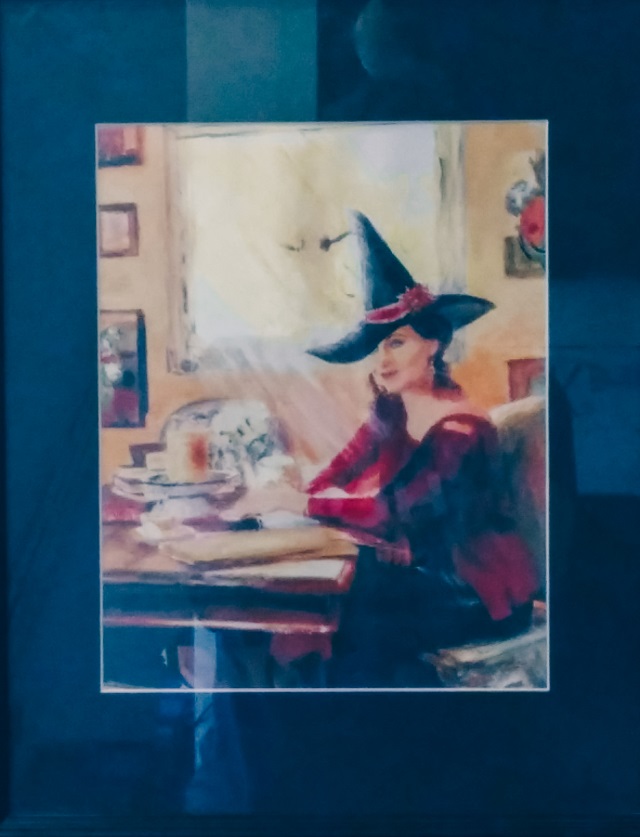 Sadly, the planner is long-since defunct and, while I miss it, I do have another piece of Victoria Danann that is timeless – this beautiful print called “Tea and Tarot.” I fell in love with it when it first came out and had to have it. In fact, back at my old house in Dover, I designed the entire color scheme of my office around it.
Sadly, the planner is long-since defunct and, while I miss it, I do have another piece of Victoria Danann that is timeless – this beautiful print called “Tea and Tarot.” I fell in love with it when it first came out and had to have it. In fact, back at my old house in Dover, I designed the entire color scheme of my office around it.
This print now hangs in my living room where I can enjoy it every day. It’s one of the first things you’ll see when walking into my house and looks great near the front door, where it can catch the light.
I also own the amazing “Traditions” silhouette print by Liza Lambertini (it’s at the very bottom of her website, but faded out, because it was limited edition and is no longer available). Unfortunately, I need to get a new frame for it, since the one I had it in really didn’t suit it. Next year, I plan to get a nice plain, black frame. Nothing too ornate and no mat, since it’s quite a large print.
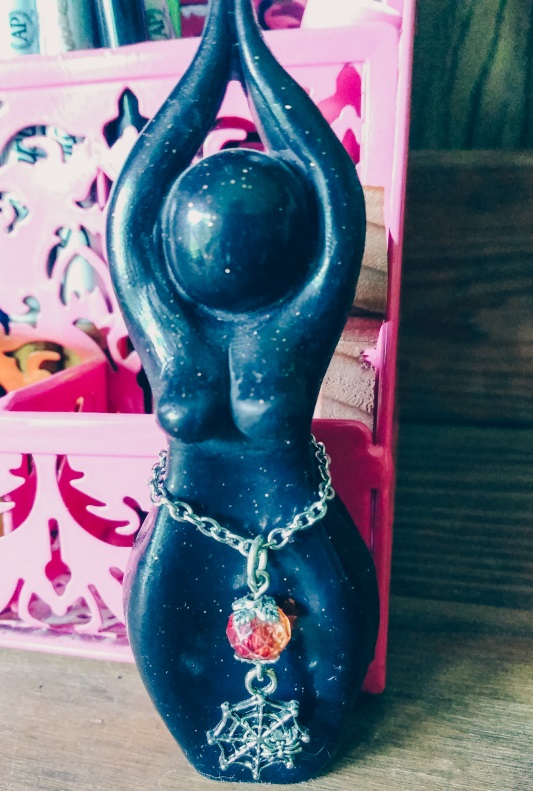 The last item here was a gift from a very special friend. Silver Lyons and I have been friends for nearly twenty years now (whoa!) and we keep in touch regularly. We’re both New Englanders, separated by far too much distance. She’s an incredible writer and teacher, and we dream of the day we’ll live next door to one another, where we can chat from side-by-side front porches.
The last item here was a gift from a very special friend. Silver Lyons and I have been friends for nearly twenty years now (whoa!) and we keep in touch regularly. We’re both New Englanders, separated by far too much distance. She’s an incredible writer and teacher, and we dream of the day we’ll live next door to one another, where we can chat from side-by-side front porches.
Until then, we exchange ridiculously long emails and the occasional gift. This lovely little lady came at a time when I needed Her most. As Silver knows, I have a connection to Goddess as Spider, as the weaver of the web of life and fate. I am grateful that this called to her and said She needed to come live with me. So many thanks to Silver for my lovely Goddess of all that is infinite and yet interconnected.
These are just a few of the witchy things that adorn our household. As you can see, I really prefer function over form. I’m not into knick-knacks or things that don’t have an actual use or purpose, or stuff in general. If I hold onto something decorative, it’s because I love it. These particular items are extra special to me.

